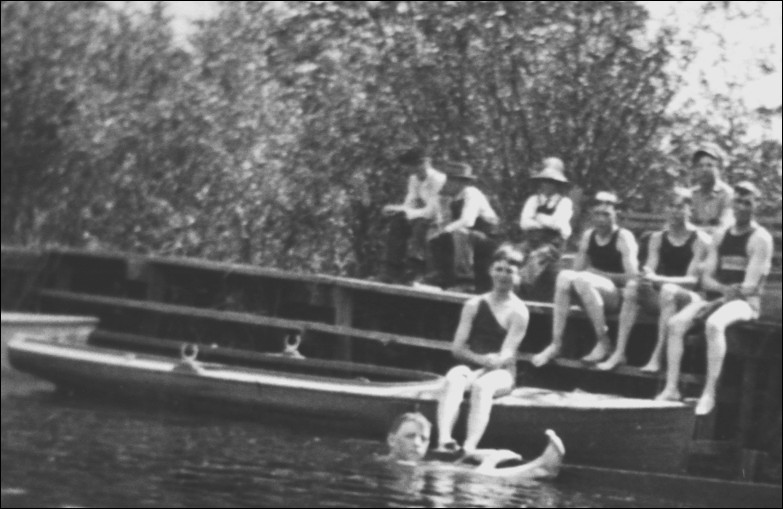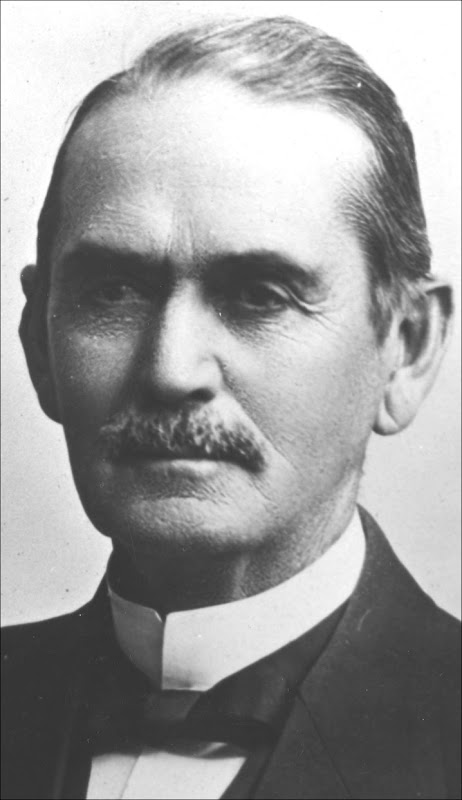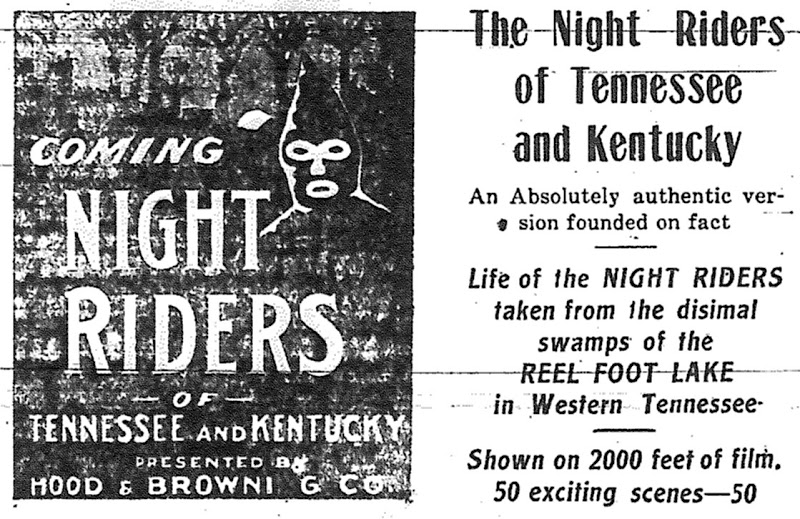Once upon a time Sebastopol had a popular and beautiful lake until the town turned it into an open cesspool. As the saying goes, this is why we can’t have nice things.
A small remnant of the lake can still be seen during the rainy season at the intersection of High School and Occidental Roads but more than a century ago it was year-round. Here’s how the Sebastopol Times described it in 1903: “A beautiful body of water a mile long, 150 feet wide, and from 20 to 30 feet deep, boarded with oaks, willows, etc., is situated within a mile of town and is a favorite place for bathing, boating, and fishing.” Five years earlier a tourist praised in the Sebastopol Times its “crystal laughing waters” which seems a bit embroidered, but it’s safe to presume it was a very pleasant place.
 (RIGHT: Colored postcard of Lake Jonive in 1908. Image courtesy Sonoma County Library)
(RIGHT: Colored postcard of Lake Jonive in 1908. Image courtesy Sonoma County Library)
It was known as Lake Jonive (“strangers will take notice that it is pronounced ‘Ho-nee-va,'” the Press Democrat noted in a promotional supplement, adding a syllable lost today). The papers also called it the Lagoon or simply the Laguna, although that shorthand was also used in other stories about plans to drain the entire Laguna de Santa Rosa plain – more about that in a moment.
The Sonoma County Library has about 15 photos, mostly from around 1900 and mostly showing people boating. The photo marked “Pleasure Resort” shows the swimmer’s diving tower and wooden landing where all those women with elaborate, flowery hats rented boats from Joe Moran’s family, on the western shore. Other snapshots show couples lounging on the lake banks, which was also where crews of hop pickers pitched tents during the harvest season. No anglers are pictured but it was a very popular fishing hole where anyone could catch salmon and steelhead, carp (which appeared after a 1878 flood washed them out of a private pond), bass and catfish (which were introduced in following years in efforts to kill the carp). “From the clear waters of this body have been caught salmon-trout that filled the sportsman’s heart with joy,” boasted a promotional article in the 1902 Sebastopol Times.
The last known photo dates from 1912, which may be because the following year Lake Jonive was thick with dead and dying fish.
“I have never seen anything like it in my life,” Deputy Health Officer John L. Gist told the Press Democrat. “I have seen fish but the number and the size–some of them immense–and such queer actions. I have never noticed before in all my experience. There were a great many dead fish on top of the water from some cause. There were hundreds and hundreds of fish, all wiggling and with their mouths open as if they wanted to get out of the water to reach air.”
Water samples and dead fish were sent to San Francisco for analysis. Unfortunately, we don’t know the results; the Santa Rosa papers didn’t mention the topic again, and there is no Sebastopol Times microfilm for 1913. But the fish were clearly gasping for air because they were asphyxiating – the lake was so polluted the water was nearly dead from lack of oxygen. Part of the blame likely goes to the canneries; apple pomace sucks up lots of O2 as it decays, not to mention the peels having residual lead arsenate from the insecticides used in that era. What was mainly killing the lake, however, was the 100,000 gallons of untreated septic tank effluent Sebastopol was pumping into the southern end of the lake every day.
In the years around the turn of the century, Sebastopol was perpetually on the verge of a major public health crisis. Following a diphtheria outbreak in 1898 there were calls to do something about the sewage problem. Homes had an outhouse or cesspool and since most of the town is built on a slope, any overflow or leaks flowed down the street or on to a downhill neighbor’s property – and maybe into their private well. A few years later a Sebastopol Times editorial commented the smell was “the most detestable foulness imaginable.” Once the town incorporated in 1902 efforts were quickly undertaken to buy equipment to pump the failing cesspools and three years later, bonds were sold to build an actual sewer system, which terminated in a big wooden septic tank slightly north of today’s Teen Center on Morris street. From late 1906 everything collected there was flushed directly into Lake Jonive without any treatment. This system remained in place until 1929.
(By the way: Except for the events of 1912 and 1913, most of the research here comes from John Cummings, who wrote several excellent papers on Sebastopol history which are available for download from SSU. If you’re interested in this topic or Sebastopol history in general I encourage you to explore them.)
Sebastopol’s toilets may have been the main culprit in the killing of Lake Jonive, but there were other threats. Over the course of three generations – from 1877 to 1946 – there were numerous plans to drain the Laguna and reclaim the fertile soil for cultivation. The proposal in early 1913 was to blast a four-mile canal between the lake and the Russian River. The Santa Rosa papers commented that property owners were enthusiastic because the land “has no particular value” as it was.
 (RIGHT: Swimmers in Lake Jonive in 1909. Kids, don’t swallow the water. Photo courtesy Sonoma County Library)
(RIGHT: Swimmers in Lake Jonive in 1909. Kids, don’t swallow the water. Photo courtesy Sonoma County Library)
Like most of these half-baked schemes, the 1913 plan didn’t get out of the preliminary stages. One that did find some traction came in 1929, when Press Democrat editor Ernest Finley and L. C. Cnopius of Sebastopol blasted a half-mile ditch between their properties which resulted in Lake Jonive – or what remained of it, by then – dropping eighteen inches. Finley also led efforts during the Great Depression to get the state involved in a works project to drain the entire Laguna de Santa Rosa. More about that can likewise be found in the Cummings papers.
While sewage poisoned the lake and reclamation projects repeatedly threatened to destroy it altogether, neither explain what reduced Lake Jonive to its relatively puddle-like size. In a 1955 story on local history, the Sebastopol Times quoted a member of the Moran family as saying, “when [Sebastopol] put in the sewer plant it encouraged weeds to grow and silt filled it in.” Another significant factor was garbage – next to the sewer farm was the town dump, which covered roughly the area around today’s Community Center, park and ball field.
There were apparently no restrictions on what could be thrown there and whenever there were heavy rains the tin cans, bottles and other lighter trash washed into the lake. In 1926 the city council declared it an “unsightly mess” and imposed fees (75¢ for an abandoned car, please). Sebastopol didn’t close the dump until 1966, and then only after strong pressure from the county health department citing both Russian river water contamination and air pollution from the dump’s incinerator.
Lake Jonive was Sebastopol’s jewel, an irreplaceable treasure which the town and canneries killed in just six years. There’s irony in noting it was 1910 – smack in the middle of the tragedy – when the town held its very first Gravenstein Apple Show, promoting the apple industry’s special relationship with the community. Such a pity that was the only thing that Sebastopol thought was worth celebrating.
Parties interested in the drainage of the lands lying along the water course in western Sonoma county, known as the laguna, have planned to hold a mass meeting at the office of the Leppo Realty Company, on Fourth street, at 10 o’clock on the morning of January 4th. To this meeting all persons owning land along the laguna and adjacent thereto are urged to be present and take part in the discussions.
It is planned to cut a channel in the laguna to guide the waters straight to the river, and not permit them to overflow hundreds of acres each winter, as they have done for hundreds of years past. This annual inundation of these lands have deposited a rich sediment there, but it has made it impossible to farm them. When a channel has been cut to carry off this water and confine it to a narrow bed, these hundreds of acres will be reclaimed, and they will be among the most valuable and productive in the entire country.
Contractors will be in attendance at this meeting and submit plans and estimates for doing the work, and if arrangements are made they will be in position to speedily undertake and carry out the contract. This will give for farming purposes from 1500 to 2000 acres of lance, which is now considered waste, because of the annual overflow, which makes it impossible to get crops therefrom.
The channel which it is proposed to cut will be 25 feet wide and not less than 6 feet deep at any portion of the stream. This will give an abundant passageway for confining the waters of the laguna, and prevent them from spreading over these hundreds of acres, destroying their usefulness from a productive standpoint. This will give a direct channel from Sebastopol to Russian river, and make a water course of about six miles, on which the people of the Sebastopol section could maintain launches and other small craft. This straight channel will give an opportunity for fish to come from the river, and so stock the streams tributary to the laguna, and will provide the local fishermen with an exceptional abundance of sport along that favorite line.
Contractors who are willing to undertake the work of cutting the channel will present their proposition to the property owners at the meeting on January 4th, and it is certain that the reclaiming of this quantity of land will add materially to the wealth of Sonoma county and to its taxable property, besides becoming valuable for the owners, where not it has no particular value. The project is one of far reaching importance, and it is hoped that every one residing along the stream will attend the meeting.
To recover about two thousand acres of land by draing the Laguna de Santa Rosa was the proposition discussed at a meeting of the property owners adjoining the Laguna, held on Saturday morning. It is proposed to cut a channel from the Laguna to the Russian river, a distance of about four miles. This will enable the water to be carried off and the rich land placed under cultivation.
The meeting was called to order and J. D. Baliff was chosen chairman…F. C. Stauvel was appointed to take up the matter with the remaining property owners to see if they would join in defraying the cost.
Two methods were discussed to put the proposed ditch through. One was by dredger and the other by dynamite. The latter was favored as being more economical. It is thought that there will be about four miles that will have to be dredged. The project is a large one and the property owners are very enthusiastic about it.
County Health Officer S. S. Bogle received a telephone message Monday morning from the Lake Jonive section near Sebastopol, stating that for some unknown cause all the fish were dying in Lake Jonive, and asking that the matter be given immediate attention. Dr. Bogle sent Deputy Health Officer John L. Gist to the scene and the officer found that the report was correct. The top of the water of the lake was thick with all kinds of fish, Mr. Gist says. There were immense black bass, carp and catfish, and some smaller ones too, but hundreds of them, wiggling about in the water with their mouths open as if gasping for air, and all presumably endeavoring to get to a fresh water stream at another end of the lake.
“I have never seen anything like it in my life. I have seen fish but the number and the size–some of them immense–and such queer actions. I have never noticed before in all my experience. There were a great many dead fish on top of the water from some cause. There were hundreds and hundreds of fish, all wiggling and with their mouths open as if they wanted to get out of the water to reach air. It beat anything you can imagine.
“Unlike the shyness fish usually exhibit when an angler is after them, these shoals of fish came right towards us. They all seemed to be wanting to get to the fresh water. I telephone and get Deputy Fish and Game Commissioner Henry Lencioni to come over from Santa Rosa and when he arrived he was just as surprised as I was. He could not fathom the cause of the trouble any more than I could. We discovered that some distance further up the Laguna the water from the septic tanks of the Sebastopol sewer system empties into the Laguna which passes through Lake Jonive. Draining from the wineries and some pomace has been passing through the sewer into the water. I think possibly some matter may have gotten into the lake from this source. The fish looked as if they were intoxicated. We got several samples of water from the place where the septic tank water empties into the Laguna, then we got some further down and also a sample from the fish pond. We also caught some of the fish and the water and fish we are going to take to the analyst in San Francisco for examination tomorrow. Then we shall know what has caused this unusual stir among the fish in Lake Jonive. I had been told that a person could not catch fish in the Lake. There were certainly enough of them, dead and living, yesterday.”








